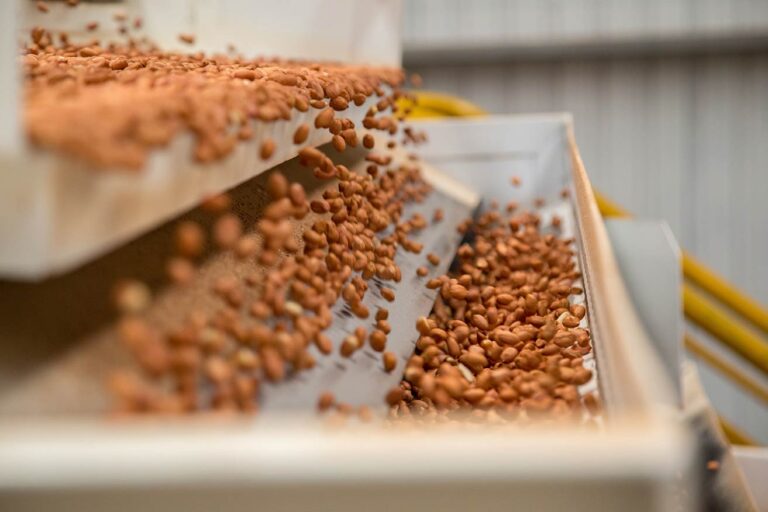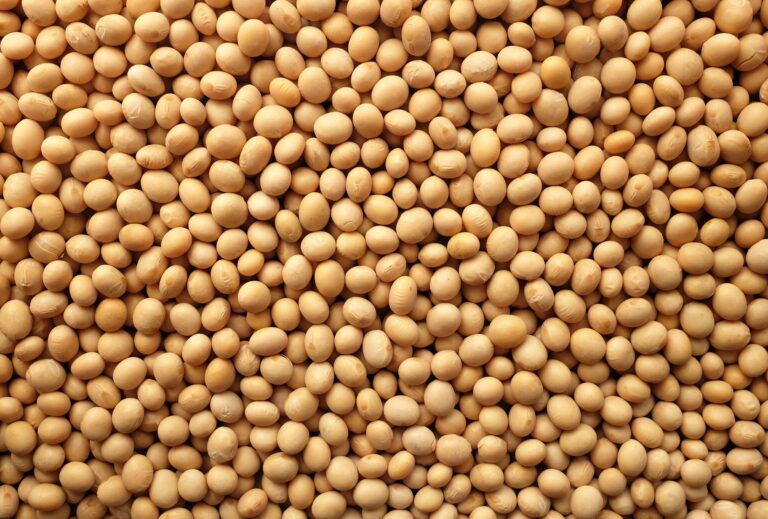Egg prices soar as avian flu cuts flock size, driving supply shortages
The U.S. shell egg market has faced significant upward pressure throughout the year, with an average price of $2.71 per dozen year-to-date. For context, the ten-year average price for December—often the year’s strongest market—is 35% lower at $1.89 per dozen. This upward trend has intensified in recent months due to the continued spread of Highly Pathogenic Avian Influenza (HPAI). A July outbreak exacerbated already tight supplies, driving Midwest Large egg prices to an August record high of $4.52 per dozen.
While prices eased somewhat in September, another wave of HPAI outbreaks, coupled with strong demand in the retail sector, caused a sharp rebound, pushing prices back up to $3.75 per dozen by late October. This is notably higher than the five-year seasonal average of $1.54 per dozen, highlighting the severity of the current market disruptions.
USDA data indicates that while the national flock is gradually increasing in preparation for the holiday season, it still lags historical norms. At the start of October, the flock numbered 312 million layers, a 1.8% rise from the previous month. However, HPAI has since impacted another roughly 3 million layers, reducing the effective flock size to 309 million, 4.1% below the five-year October average of 322 million.
Chicken world markets trade data – total domestic consumption
When it comes to the pounds of chicken consumed, the U.S. continues to dominate. According to the USDA’s Livestock and Poultry World Markets and Trade Report, from January to October of this year, consumers in the U.S. have absorbed 18.4 million lbs. of chicken, up approximately 3.1% from 2023. China is seated solidly in second with a value of 14.8 million lbs. consumed, which is down about 1.1% from the previous year. The European Union is responsible for the third largest value of domestic chicken consumption at 10.3 million, up 1.7% year-over-year (YoY). Interestingly, though Brazil is so far tied with China this year for the spot as the second largest producer of chicken meat, it is ranked fourth in terms of domestic consumption with a value of 10.1 million lbs., down 0.3% YoY.
In the U.S., per capita consumption has increased YoY every year since 2012. In fact, in 2023 it had increased by 25.2% from 2012, and in 2024 it is estimated to be up 2.5% from ’23. Increasing per capita consumption and a growing population, it is no surprise that year-to-date (YTD) domestic chicken consumption is up 8.3% from only four years ago. Part of this is likely influenced by the value of chicken compared to other meats. A clear example is seen when we look at this year’s retail price difference between fresh ground beef (85-89%) and fresh boneless breast meat. Except for the months of January and May, the average monthly difference between these two retail prices has been higher than the 3-year averages for nearly every month this year. This indicates that the ground beef market has experienced greater price increases this year than boneless breast meat. YTD, the average price difference between these two items is up 16.3% compared to the 3-year average price difference.
The USDA estimates that the trend of increased domestic consumption will continue through 2025 with forecasted increases between 1-2%. It will be interesting to see the relationships between the prices of the different proteins moving forward and if this will help influence the consumption of chicken in the future.
Fewer turkeys in the home – part one
Year-to-date (YTD) retail fresh 16-24 lbs. turkey distribution is down -16% year-over-year (YoY), following the past two years which were down -29% and -12% YoY, respectively. This means that from 2021 to 2024, retail distribution on a YTD basis has decreased by -48%. In a country where the population has increased, why has whole turkey consumption decreased? This is the first of a two-part series that will go over changes in retail and wholesale values and changes in the American demographic.
Are there Americans who are willing to give up tradition for value? The following data suggests that, yes, while buying fresh whole turkeys is a seasonal matter, there is also a cost component. In 2022, the YTD retail price of fresh 16-24 lbs. turkeys was up 17% from 2021. In 2023, the YTD average cost to consumers rose another 13% YoY with September retail prices averaging $1.87/lb., eighteen cents over the average price of the last September. This year, YTD retail prices have retreated by -6% YoY, but they are still 24% higher than they were in 2021. This rapid increase in prices has influenced buying hesitancy on the part of price-conscious consumers. This is likely a prominent factor in the -48% decline in retail distribution since 2021.
So why were retail prices so quickly elevated? At least part of the rising prices in grocery stores can be traced back to rapidly increased wholesale prices. In 2022, the current outbreak of high-path avian influenza began, resulting in the loss of approximately 9.7 million turkeys (including breeders and production birds). This led to YTD harvest figures tanking to a value that, at the time, was the lowest ever recorded. With the shorter than anticipated supplies, wholesale quotations for fresh 16-22 lbs. toms rose to a value of $2.00/lb., the highest value ever recorded. This led to retailers having to raise their prices, but they didn’t do so at the same rate as the wholesale market. Therefore, even though wholesale prices have decreased by -12% YoY, retail prices have only decreased by -6% as retailers try to recoup some of the losses that they incurred in 2022 and 2023 in which they were selling turkeys at prices of approximately $0.28 and $0.22 lower than they bought them, respectively.
For further insights, please watch our most recent meat webinar replay.



